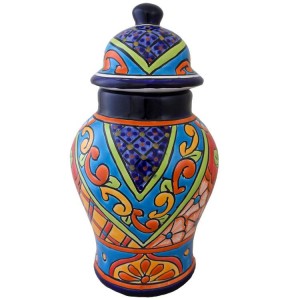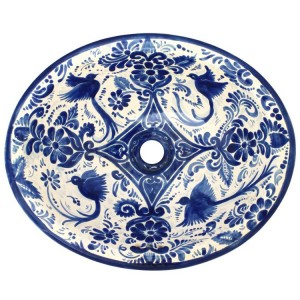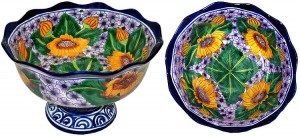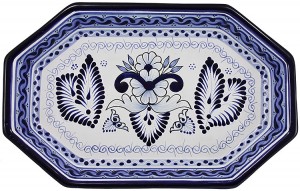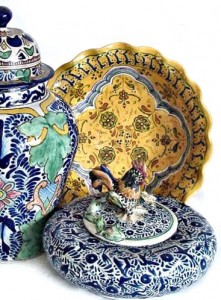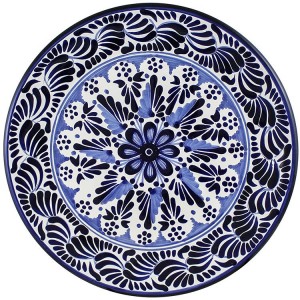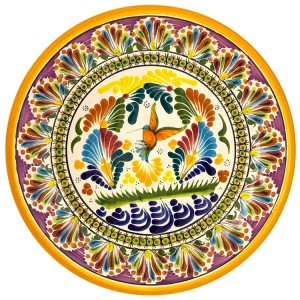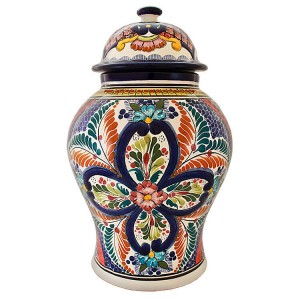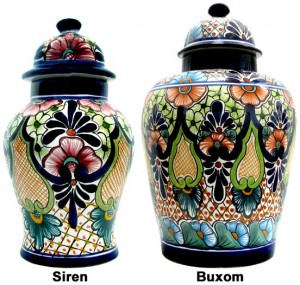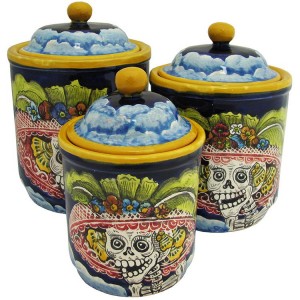 Day of the Dead Majolica Kitchen Canisters – As bit of punch to your kitchen with our day of the dead majolica pottery canisters. Square shaped and design with soup smooth rounded edges, these are the perfect pieces to generate a bit of conversation in the kitchen. Majolica dates back to the 16th century and is distinguished primarily by the milky white glaze that is used after each piece is fired the first time. Very diverse, and similar to Talavera, the main distinction is that majolica offers a much wider range of colors, and the style is much less restrictive.
Day of the Dead Majolica Kitchen Canisters – As bit of punch to your kitchen with our day of the dead majolica pottery canisters. Square shaped and design with soup smooth rounded edges, these are the perfect pieces to generate a bit of conversation in the kitchen. Majolica dates back to the 16th century and is distinguished primarily by the milky white glaze that is used after each piece is fired the first time. Very diverse, and similar to Talavera, the main distinction is that majolica offers a much wider range of colors, and the style is much less restrictive.
These canisters are produced in our Santa Rosa workshop, nestled in central Mexico, high in the mountains. Originally started by a family known as the Salazars, majolica has been crafted in Santa Rosa ever since for the past 45 years. Paying close attention to the tradition and methods used by the founders, the grandchildren manage every aspect to include studio design, sourcing, glazing, and even the creation of new design styles.
As such, each piece is unique and has a bit of charm and character unlike anything else you have ever seen. These day of the dead canisters are certainly no exception. The whimsy, and playful design are a great way to give a head nod to one of the oldest of Mexican traditions. Honoring the dead has been a mainstay in Mexico for centuries, and these pieces speak to that culture. They are also quite utilitarian! Store your sugar, flour, rice, corn meal, and other kitchen staples inside to keep them safe, and close at hand for quick use. Easy to clean, simply wipe the canisters with a damp towel and the original luster is restored.
Playful, colorful, and vibrant, these canisters are the perfect way to punch up a dim kitchen. Add a bit of fun and frolic to your kitchen counter tops when you order our majolica pottery day of the dead kitchen canisters. Sizes range individually from small to large, or purchase all three as a set and save a few extra dollars. These are fun pieces that you don’t want to be without.

